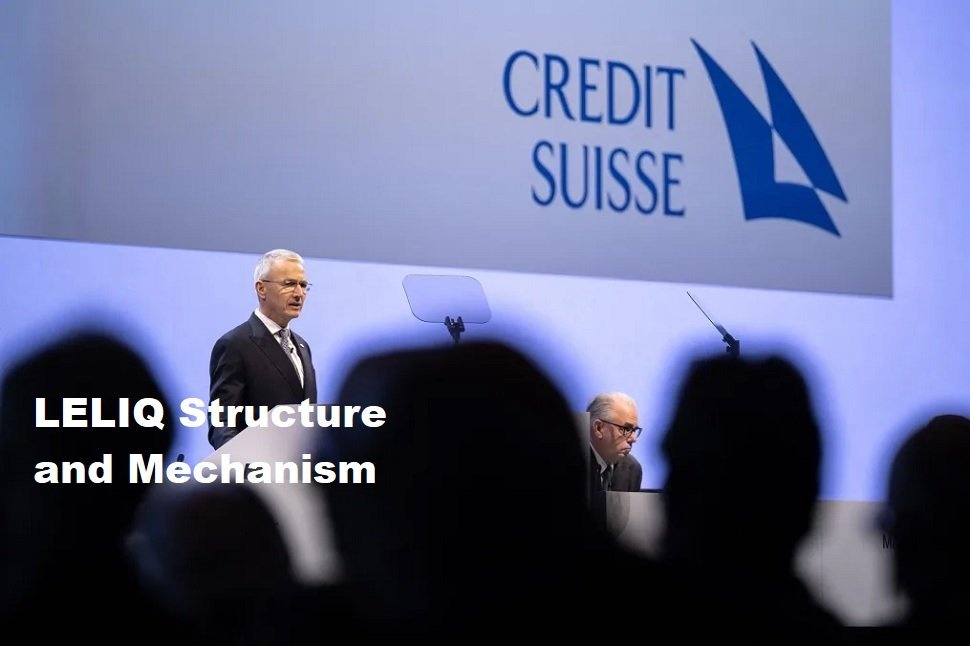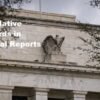Definition and Basic Concepts of The Cost of Worry
The Cost of Worry is a term in economics that describes the psychological, emotional and financial impacts that result from excessive anxiety when facing uncertain economic situations or decisions. This concept is important because it highlights the negative impact of anxiety on individual behavior, and how it influences decision making in the economic world. The definition of The Cost of Worry in economics includes a number of elements, such as time and mental energy lost due to focusing too much on uncertainty, opportunity costs incurred as a result of avoiding situations that trigger anxiety, as well as negative effects on physical and mental health. In a business context, this excessive anxiety can also cause financial losses, such as reduced employee productivity and lost business opportunities.
The relationship between anxiety and economic decision making is very close. High levels of anxiety can result in inappropriate decision making and result in inefficient actions. Research has shown that individuals with high levels of anxiety tend to be more risk-averse in making economic choices and often choose safer options rather than take risks for greater returns, even though those options may be suboptimal from a financial perspective. To reduce The Cost of Worry and its impact on economic decision making, individuals and organizations must learn to manage anxiety effectively. Strategies that can be implemented include developing data-based decision-making abilities, practicing skills for dealing with uncertainty, and supporting emotional well-being and a positive work environment. Thus, reducing the Cost of Worry will help create more rational and efficient decision makers in the economic world.
Factors that Influence The Cost of Worry
One of the main factors that influences the cost of worry (The Cost of Worry) is external factors. These external factors include market conditions and the ongoing macroeconomic situation. Uncertainty in market conditions can lead to drastic changes in asset prices, which in turn will affect investment decisions and investors’ level of concern. Macroeconomic situations, such as inflation rates, interest rates, and government policies, also have a significant impact on the cost of worry. Keeping up with global economic news and trends is an important aspect of understanding how these factors can affect the cost of a concern.
While external factors are things we cannot control, there are several internal factors that also influence the cost of worrying about making investment or financial decisions. One of them is a person’s level of education. Individuals who have broader knowledge of the basic principles of investment and risk management tend to be better able to face situations of uncertainty with a more objective and calm perspective. Education regarding financial aspects is very important in reducing the level of worry when facing a fluctuating economic situation.
Furthermore, individual risk preferences also play an important role in determining the cost of worry experienced. Someone who is more risk averse or avoids risk will likely have a higher cost of worry compared to someone who is more risk seeking or likes risk. Risk preferences depend on many factors, including personality, previous experience, and knowledge of the economic situation at hand. Understanding our own risk preferences can help streamline investment decisions and reduce anxiety levels when facing financial challenges.
Lastly, socio-economic background also influences the cost of a person’s worries in making financial decisions. Individuals who come from families with stable economic conditions and good education tend to be more confident in taking financial risks and facing economic uncertainty. In contrast, individuals who come from less stable backgrounds or experience economic hardship may feel more anxious about facing uncertain financial situations. To reduce the cost of worry, it is important for us to have a solid understanding of how our socio-economic background influences our perceptions of investing and risk management, as well as being disciplined in creating financial strategies that suit our unique situations.
The Impact of The Cost of Worry on Economic Decisions
The impact of The Cost of Worry on economic decisions can be seen through consumer and producer behavior. Anxiety about the future and economic uncertainty can influence how consumers manage their spending, savings, and investments. When consumers feel worried, they tend to reduce spending and put more effort into saving money, in the hope of having enough savings in case a crisis occurs. Additionally, consumers may invest less in high-risk assets such as shares or property, as a hedge against market volatility. Economic uncertainty also affects producer behavior in terms of production, innovation and business expansion. If producers are worried about uncertain economic conditions in the future, they will be more conservative in making business decisions. In terms of production, companies may reduce output to reduce the risk of excess inventory if demand declines sharply. This will of course suppress the success of the economy as a whole.
Innovation is an important factor for companies to remain competitive in a dynamic market. However, the cost of worry can discourage companies from investing in research and development or even trying new products and services. Economic uncertainty drives companies to prioritize efficiency and cost reduction, rather than investing resources in innovations that may not provide immediate results. The cost of worry also influences business expansion decisions by producers. When market conditions appear uncertain, companies will be more selective in their expansion process, choosing to concentrate efforts on strengthening their position in local markets instead of pursuing opportunities in international markets. As a result, the company’s long-term growth prospects are limited, impacting the entire economy.
Strategy to Reduce the Cost of Worry in Economic Decision Making
Financial education is an effective strategy in reducing ‘The Cost of Worry’ in economic decision making. By increasing knowledge and understanding of risk and risk management, individuals will be better prepared to face possible changes that may occur in the economy. This will help them make better decisions, as they will better understand the consequences of actions taken as well as how to anticipate and deal with problems that may arise. To achieve this goal, the education system must include material on finance and risk management in its curriculum. These materials need to be taught from an early age, so that students build a strong foundation of financial knowledge before they enter the business world or the world of work. In addition, training programs and seminars for adults should also be organized to increase understanding of these topics for those who may not have had access to financial education in the past.
Apart from financial education, government policy can also be an effective strategy for reducing ‘The Cost of Worry’ in economic decision making. The government can take steps such as maintaining macroeconomic stability, providing support for high-risk industries, and creating a conducive environment for economic growth. In the long term, these policies will reduce uncertainty in the economy, thereby helping decision makers feel more confident and calm in making economic choices. The government can also build institutions or programs that provide accurate and relevant information about economic conditions and future prospects. This information is very important, because individuals or companies that have access to the right information will find it easier to identify existing opportunities and risks. As a result, this will make them better prepared to face changes and challenges in the economy, and reduce their level of worry in making economic decisions.












